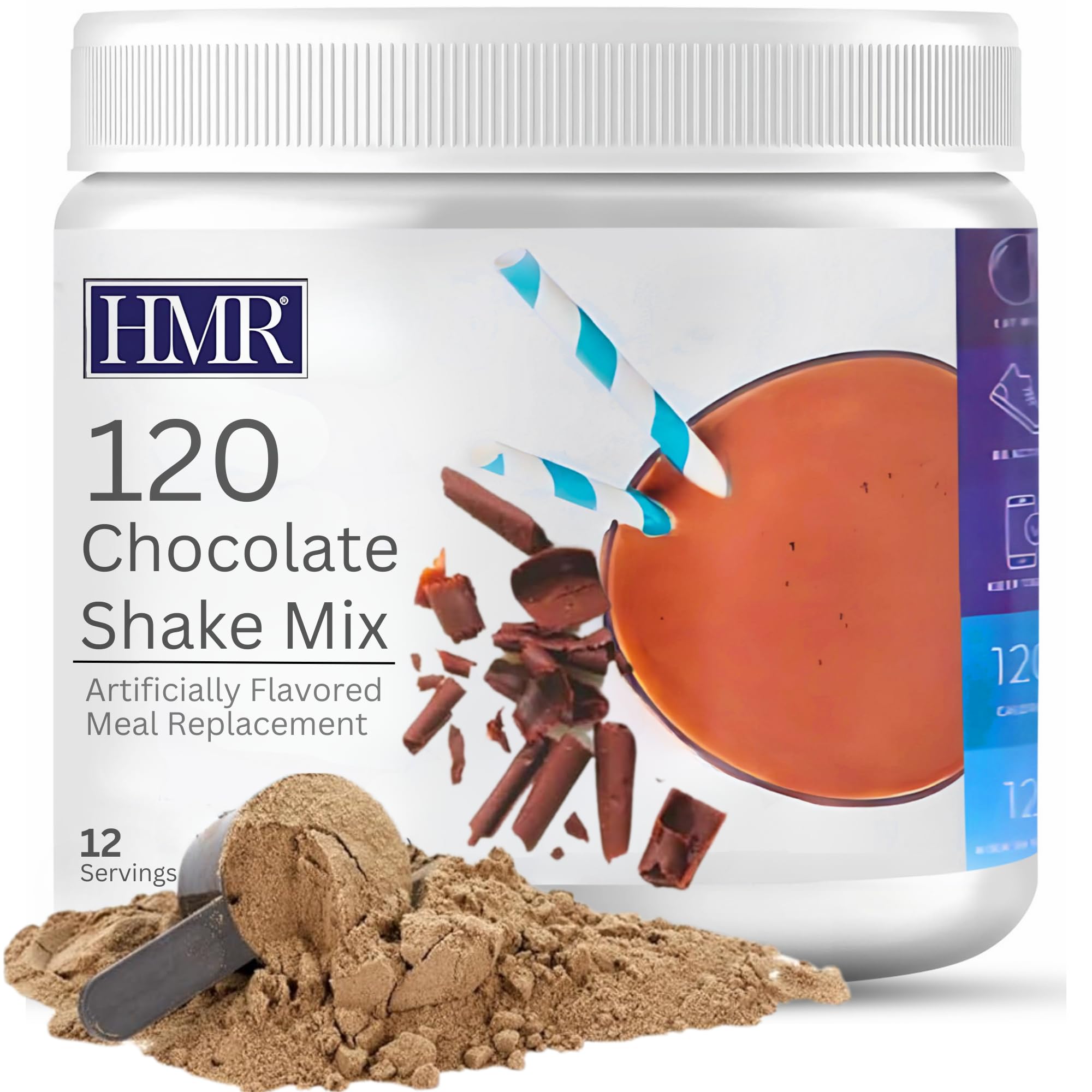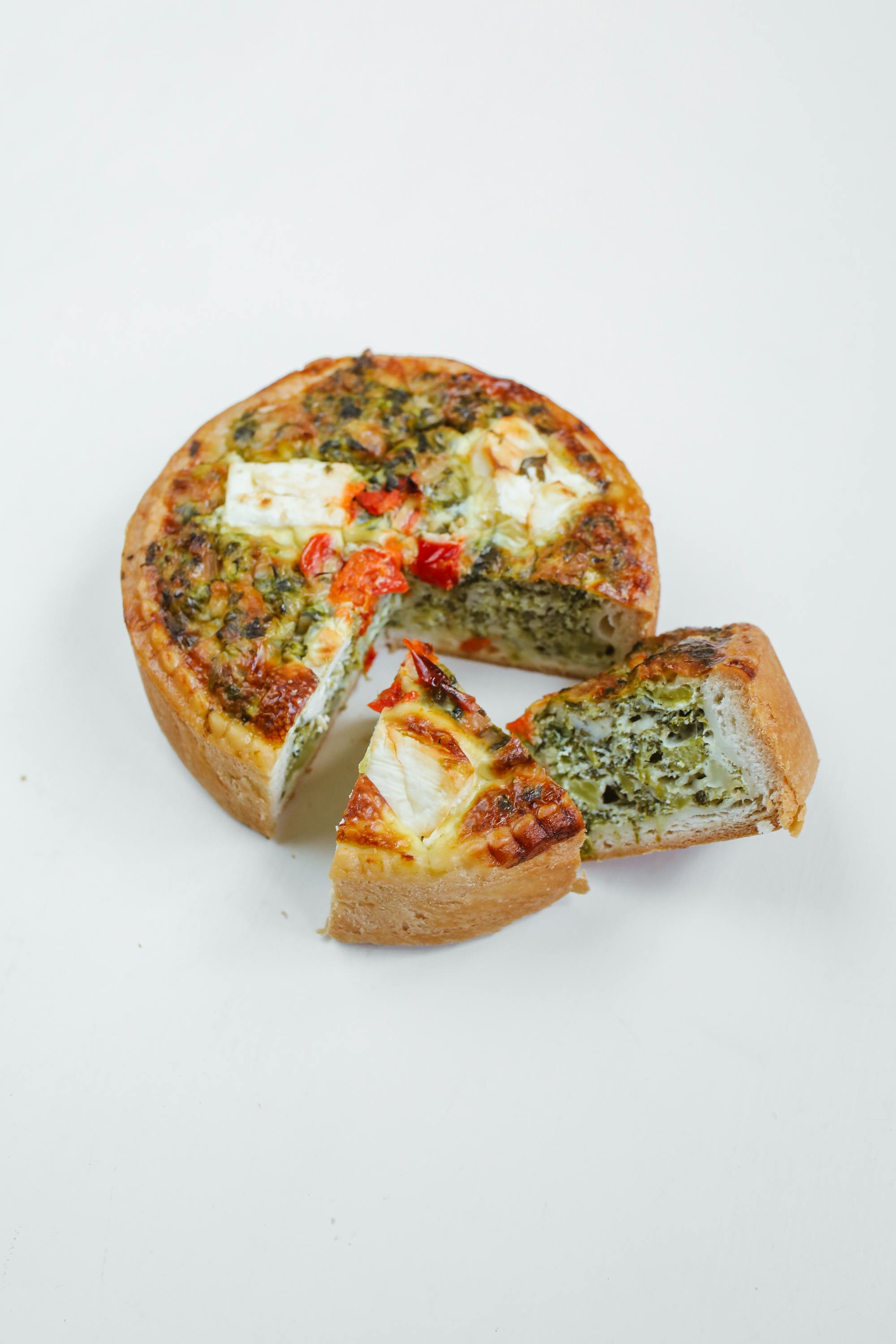Smart Ways to Enjoy Whole Grain Snacks for a Healthy 2025 Diet
As we approach 2025, incorporating whole grain snacks into our routines can significantly contribute to a healthier lifestyle. Whole grains have been recognized for their numerous health benefits, including their rich fiber content and vital nutrients. This article delves into various ways to enjoy whole grain snacks without sacrificing flavor, ensuring you make the best healthy food choices while enjoying your favorite treats.


Understanding the Health Benefits of Whole Grains
Whole grains are packed with essential nutrients that are important for overall health. They are an excellent source of dietary fiber, which aids in digestion and helps maintain a healthy weight. Incorporating fiber-rich foods into your diet, like whole grain snacks, can help reduce the risk of chronic diseases, such as heart disease, diabetes, and some cancers. The benefits of whole grains extend beyond fiber; they also provide important vitamins and minerals, fostering improved metabolic health.
The Role of Fiber in Your Diet
Fiber is crucial in facilitating proper digestion and can keep you feeling fuller for longer periods, making it a perfect component of your snack ideas. High-fiber snacks, such as whole grain crackers or energy bars, help support weight management by curbing hunger. Furthermore, fiber plays a role in lowering cholesterol levels and stabilizing blood sugar levels. Opting for high-fiber snacks, like those made from oats or whole wheat, can become integral to your healthy eating plan.
Whole Grain Nutrition and Overall Wellness
Whole grains, such as brown rice, quinoa, and whole wheat, are nutrient-dense and offer a variety of vitamins, minerals, and antioxidants beneficial for health. Consuming foods high in whole grain nutrition enhances your body's nutrient intake, supporting your immune system and reducing inflammation. For instance, switching to whole grain cereal for breakfast not only provides energy but also kickstarts your day with essential nutrients. Experimenting with different whole grains can also lead to exciting and healthy meals.
Incorporating Whole Grains in Everyday Snacks
There are countless delicious ways to include whole grains in your snacking routines. For example, try making homemade snacks like whole grain bars or granola snacks using oats, nuts, and dried fruits. Not only are these snacks nutritious, but they can also be tailored to your taste, and it’s a fun project to engage in. Additionally, consider keeping a snack box filled with gluten-free snacks like rice cakes or whole grain chips for on-the-go munching throughout the week.
Creative Whole Grain Snack Recipes
Crafting unique whole grain recipes can elevate your snacking experience. A mix of creativity and wholesome ingredients allows you to enjoy nutritious and tasty options. Below are a few delightful recipes to enhance your snack game.
Energizing Whole Grain Energy Bars
Energy bars are perfect for a quick, nutritious snack on the run. To make your own, combine oats, nut butter, honey, and a mix of nuts and seeds. These bars are not only packed with protein but also travel well, making them ideal portable snacks for busy days. Experiment with additional superfoods like chia seeds or dried fruits for added flavor and nutrition.
Crispy Whole Grain Snack Mix
A snack mix can quickly become your go-to option for satisfying cravings. Create a mix using whole grain crackers, nuts, and a sprinkle of dark chocolate or organic dried fruits. This combination provides a crunchy texture along with a balance of sweet and savory, making them perfect for movie nights or after-school snacks. Plus, the added fiber from the whole grains will keep you full and energized.
Kid-Friendly Whole Grain Treats
Making healthy snacks for kids doesn’t have to be challenging. Prepare kid-friendly options like whole grain muffins or fruit and nut granola bars. Flavors can be customized to appeal to children’s tastes while keeping them packed with nutrients. Engaging kids in the preparation process also emphasizes the importance of healthy eating habits, ensuring they understand the value of good nutrition from an early age.
Practical Tips for Choosing Healthy Snacks
Choosing healthy snacks does not have to be overwhelming. By being mindful of ingredient lists and opting for whole, minimally processed foods, you can ensure satisfying snacking experiences. Here are some practical tips to keep in mind.
Reading Labels for Smart Snack Choices
Understanding snack nutrition is essential in making healthier choices. When purchasing snacks, inspect nutrition labels for high fiber content, low sugar levels, and minimal additives. Look for products where whole grains are listed as the first ingredient, such as whole wheat or brown rice, to ensure you are making good decisions regarding your snacking habits.
Meal Prep: Planning Ahead for Healthy Eating
Prioritizing snack preparation can streamline healthy eating throughout the week. Allocate a few hours during your weekend to make batches of snacks like baked whole grain chips or energy bars. Portion them into smaller containers for easy access during busy days. This practice not only saves time but also ensures you always have delicious and nutritious snacks readily available.
Choosing Variety: A Vital Component of Healthy Snacking
Diversifying your snacks can help prevent boredom and enhance enjoyment. Incorporate a variety of nutritious snacks to keep your palate excited. Rotate between different types of whole grains, such as quinoa, barley, and oats, and mix in seasonal fruits and nuts for appealing flavor combinations. The ultimate objective is to cultivate a habit of considering snacks not merely as in-between meals, but as opportunities to boost your health and nutrition.
Key Takeaways
- Whole grain snacks provide essential nutrients and fiber, aiding health and weight management.
- Diverse, creative recipes encourage healthier snacking habits.
- Reading labels and meal prepping helps you make informed, nutritious choices.
- Incorporating healthy snacks can lead to enjoyable meal experiences, especially for kids.
- Prioritize variety in your snacks for optimal health benefits and fun flavors.
FAQ
1. What are some easy whole grain snack options for busy lifestyles?
Some easy options include whole grain crackers, energy bars, and homemade granola. These snacks are portable, nutritious, and perfect for those who are always on the go. Preparing snacks ahead of time and keeping them ready-to-eat can facilitate healthier eating habits throughout your busy days.
2. How can I incorporate more fiber-rich snacks into my diet?
Start by swapping out refined grain products for whole grain alternatives. Choose snacks that are high in fiber, such as whole grain chips or protein bars, and elevate your intake of fruits and vegetables. Planning snacks around whole grains will make meeting your fiber intake recommendations enjoyable and rewarding.
3. Are there gluten-free whole grain snacks available?
Yes, gluten-free options like quinoa, brown rice cakes, and corn-based snacks are excellent whole grain snacks. Many brands offer gluten-free snack mixes, rice crackers, and even gluten-free granola bars, ensuring anyone with gluten sensitivities can enjoy the benefits of whole grains.
4. What are some nutritious snacks ideal for kids?
Nutritious snacks for kids include homemade whole grain muffins, fruit-and-nut bars, and trail mixes. Engaging children in the preparation process and offering a variety of healthy options will foster better eating habits and help children appreciate the value of nutrition.
5. How do whole grains contribute to weight management?
Whole grains are lower in calories and higher in fiber, promoting a feeling of fullness and reducing overeating. Incorporating them into your snacks can help manage hunger levels and enhance overall satiety, making them a key component of any weight management strategy.
